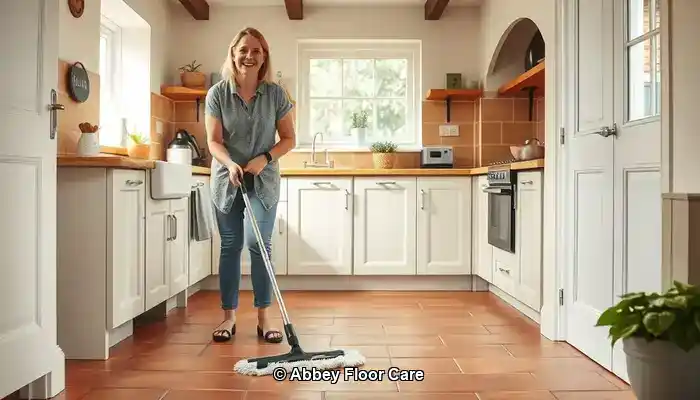
Last Updated on September 29, 2025 by David
Essential Tips for Achieving and Maintaining Spotless Terracotta Floors
-
- <b>Understand the porosity of terracotta</b>: This unique characteristic allows it to absorb dirt and grime swiftly, especially in humid climates like Surrey.
- <b>Prioritize effective sealing</b>: A high-quality sealant is crucial to protect the tile's surface from moisture and dirt infiltration.
- Regular maintenance is essential: Consistent sweeping and mopping with pH-neutral cleaners help maintain your tile’s original beauty and color.
- Avoid harsh cleaning products: These can damage the sealant and etch the surface of your tiles, leading to more significant issues in the long run.
- Opt for eco-friendly cleaning solutions: These are especially beneficial in homes with children or pets, ensuring a safe environment.
- Consider hiring professional restoration services: Their expertise can provide thorough cleaning and resealing, ensuring your floors remain protected over time.
- Utilize strategically placed rugs and mats: These can significantly reduce the amount of dirt tracked onto your terracotta tiles.
- Control moisture effectively: Ensuring proper airflow and quickly addressing spills can help prevent stains and mold from developing.
Understanding the Fast Dirt Accumulation on Terracotta Floors
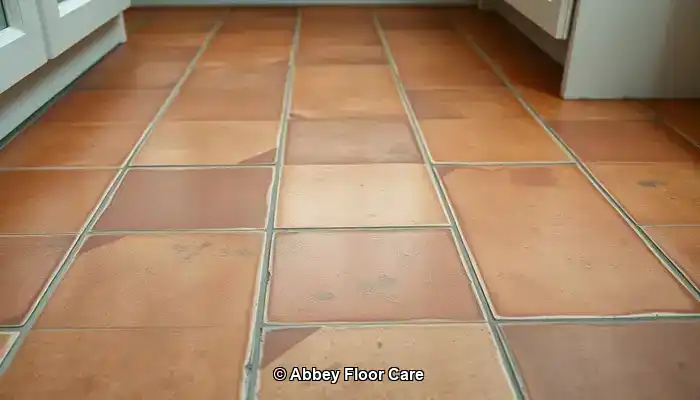
Terracotta tiles are a popular choice for flooring, particularly in traditional and rustic-style homes around Surrey. Their stunning colors and natural textures bring a unique charm to any living space. However, the beauty of terracotta comes with challenges, as it is often prone to rapid dirt accumulation. Understanding the reasons behind this tendency is essential for effective maintenance and ensuring your floors remain in pristine condition.
Pro Tip: Must-Have Products for Daily Care of Terracotta Floors
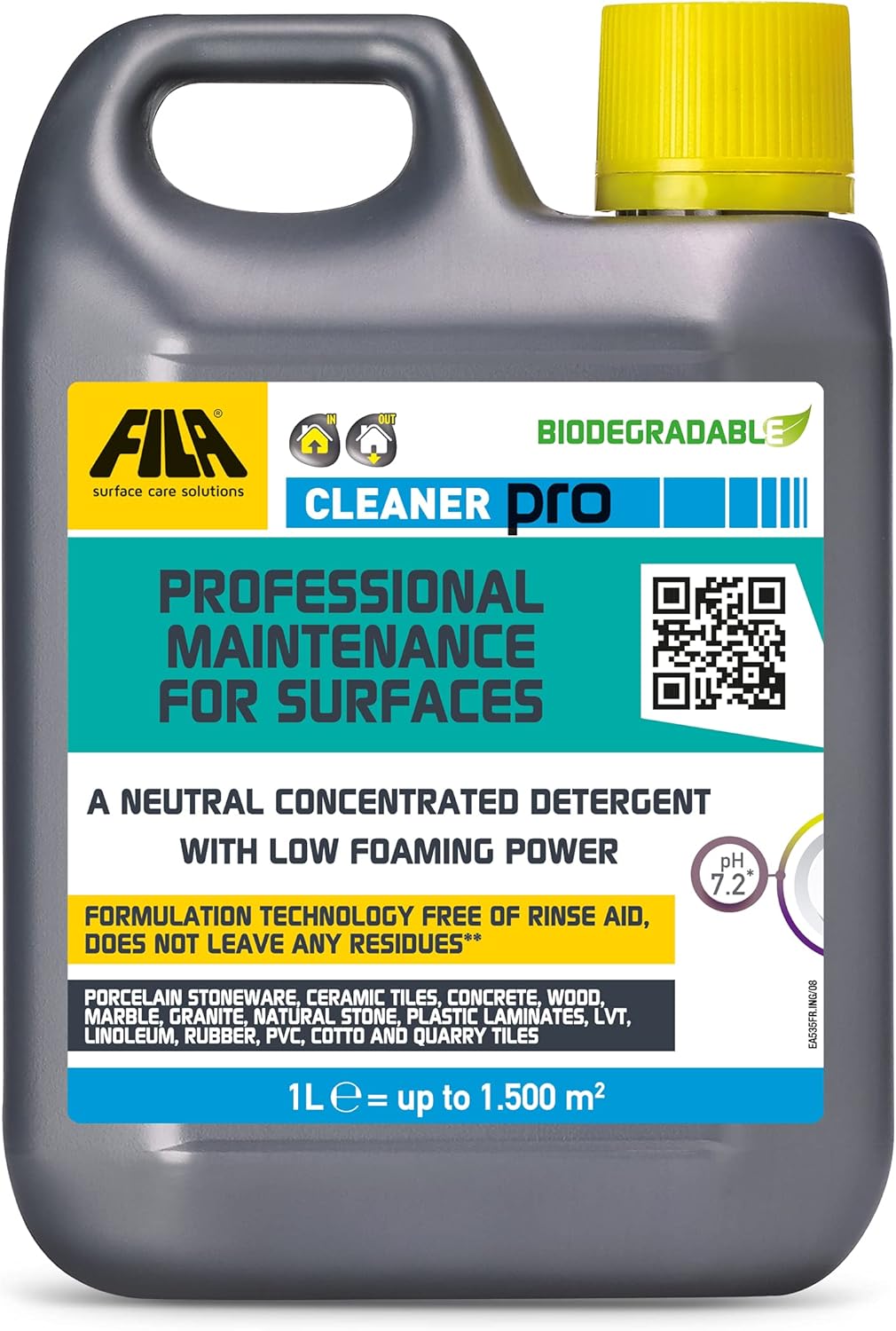
Fila Pro Floor Cleaner
|
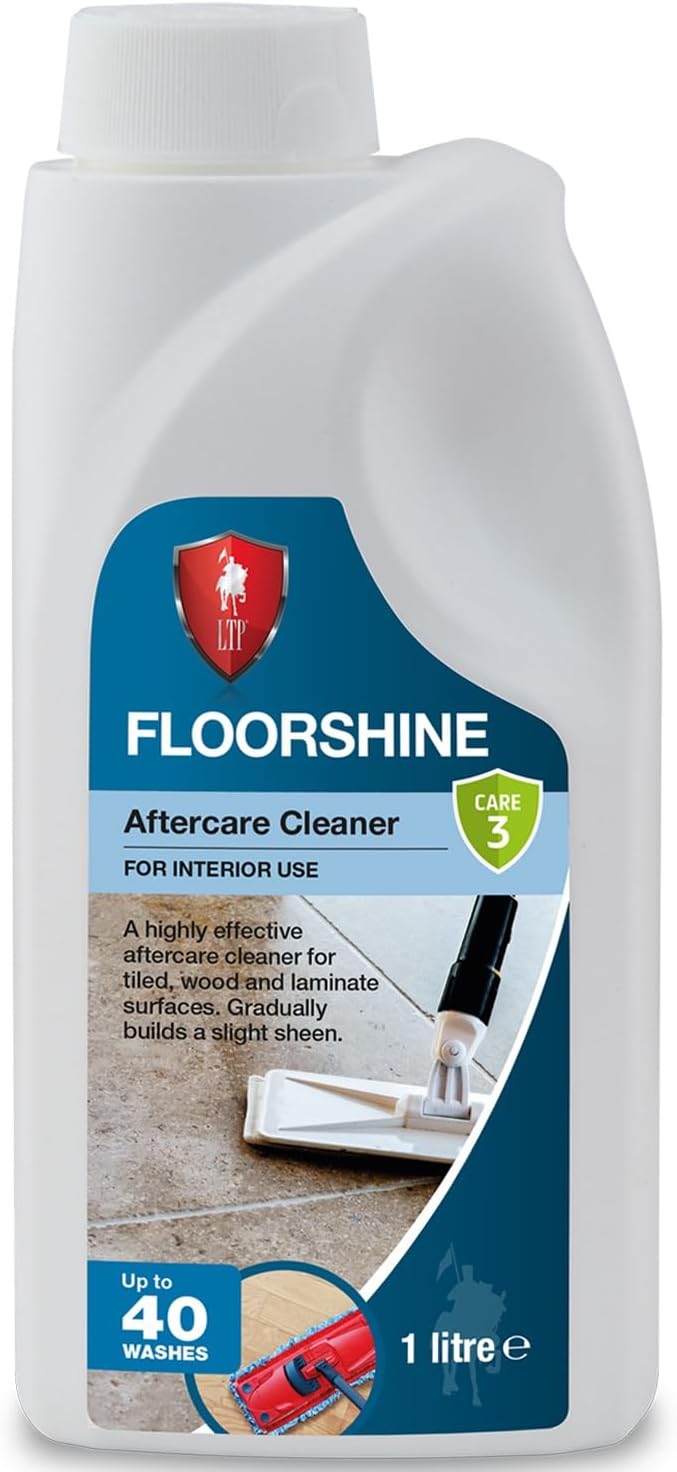
LTP Floorshine
|
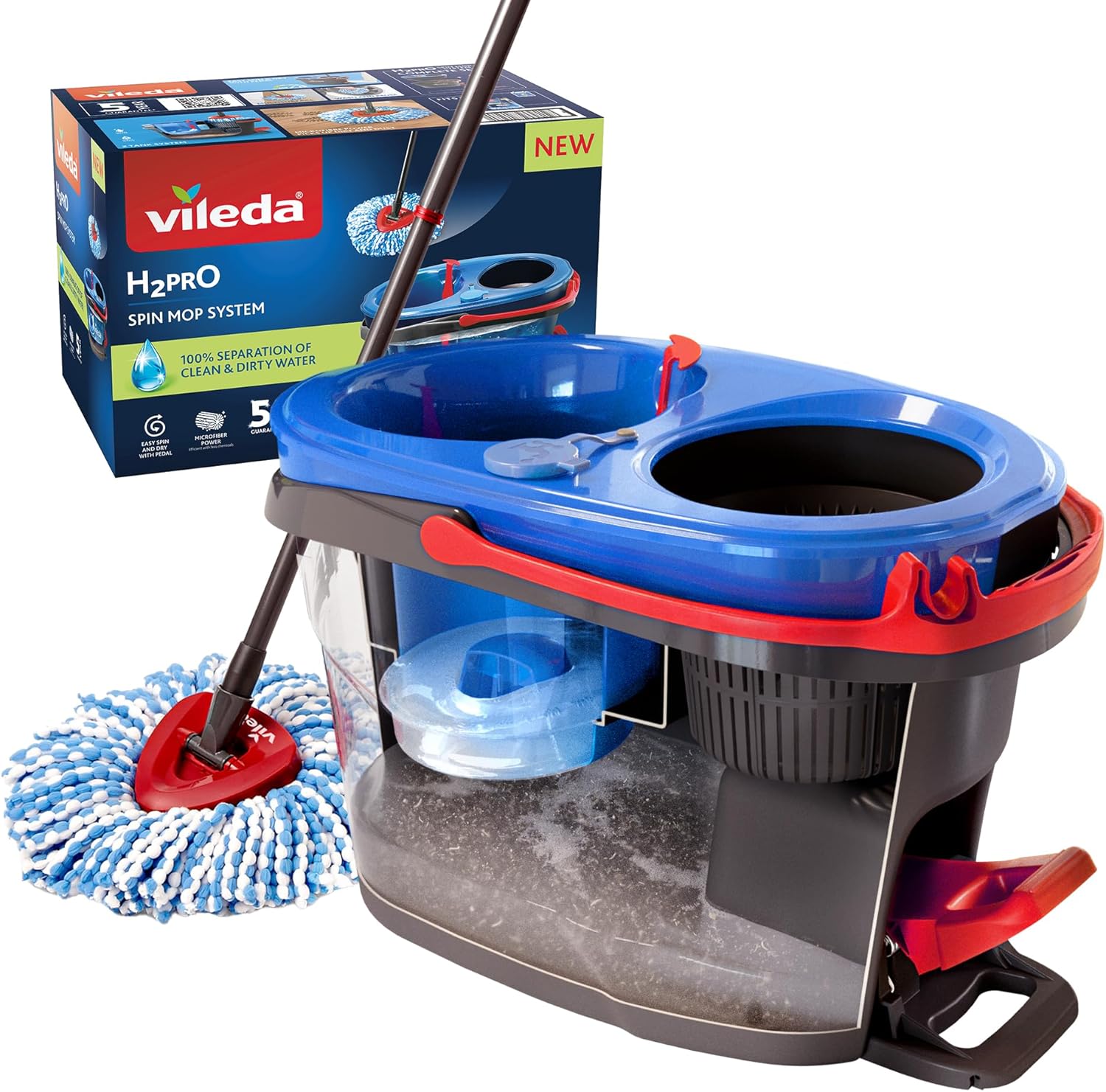
Vileda H2PrO Spin Mop System
|
Understanding the Challenges of Porosity in Terracotta
Terracotta is made from natural clay and is fired at lower temperatures compared to other types of tiles. This unique process results in a highly porous surface, which allows it to absorb moisture, oils, and dirt, much like a sponge. While this characteristic gives terracotta its appealing texture, it also means that grime can settle deeply within the tile, making it increasingly difficult to remove using standard cleaning methods.
If terracotta is left unsealed, it becomes especially susceptible to dirt accumulation. Without a protective barrier, even minor spills or muddy footprints can result in permanent stains. Over time, neglecting to address these issues can lead to a dull, discolored surface that is challenging to restore without the intervention of professionals.
The Effect of Surrey’s Weather on Terracotta Tile Cleanliness
The weather conditions in Surrey significantly influence how quickly terracotta flooring becomes dirty. The region's frequent rain and humidity contribute to the increased moisture brought indoors, particularly in areas such as entryways and conservatories.
Homes located near wooded areas or gardens are at an even greater risk. Soil, pollen, and organic debris can easily be tracked inside, especially if shoes are not removed at the door, further complicating the cleanliness of the floors.
Daily Habits That Contribute to Increased Dirt Accumulation
In addition to environmental factors, everyday routines can exacerbate the issue of dirt build-up. Using inappropriate cleaning products—such as acidic solutions or bleach—can strip protective coatings and harm the tile's surface. While steam mops may seem like an efficient option, they can inadvertently push moisture into the tile, worsening the problem.
High-traffic areas, such as kitchens and hallways, are naturally more susceptible to dirt accumulation. If these zones are not regularly swept and mopped, dirt can quickly become embedded in the porous structure of the tile.
Effective Techniques for Maintaining Clean Terracotta Floors
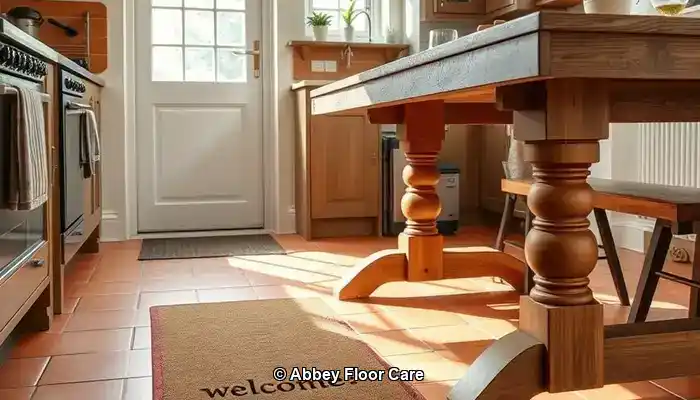
Keeping terracotta floors clean requires more than simply responding to dirt; it involves actively preventing grime from settling in the first place. In homes throughout Surrey, where dampness and outdoor-related traffic are common, implementing proactive maintenance is crucial to preserve the natural beauty of terracotta tiles.
Sealing: Your Best Defense Against Dirt and Grime
The most effective strategy for preventing terracotta from becoming dirty quickly is to ensure it is properly sealed. A high-quality, breathable sealant creates a protective layer that repels moisture, oils, and dirt. For properties in Surrey, where humidity levels can vary, sealing is vital to prevent water absorption, which can lead to staining and mold growth.
Experts recommend resealing terracotta every 12 to 18 months, with the frequency adjusted based on foot traffic and exposure levels. In areas with high usage, such as kitchens, hallways, and conservatories, more frequent resealing may be necessary. Always opt for a sealant that is specifically formulated for porous stone and avoid glossy finishes that can trap dirt on the surface.
Smart Design Choices: Effective Use of Rugs and Mats
Strategically positioning rugs and mats can significantly reduce the amount of dirt that reaches your terracotta tiles. Heavy-duty doormats at entrances can capture mud and moisture before it spreads throughout your home. In high-traffic zones like hallways or beneath dining tables, area rugs can serve as protective barriers, safeguarding the tile from wear and tear.
For rooms that open to outdoor areas, consider using washable runners that are easy to maintain. These not only protect the tiles but also enhance the warmth and aesthetic appeal of your home's interior decor.
Mastering Moisture Management in Surrey Homes
The humid climate of Surrey is marked by frequent rainfall, which can accelerate the accumulation of dirt on terracotta tiles. To mitigate this, utilize dehumidifiers in enclosed areas and ensure proper ventilation throughout your home. Promptly addressing spills and refraining from leaving wet items—such as shoes or towels—on the floor can also help maintain cleanliness.
If your terracotta tiles are located in a conservatory or garden room, consider installing blinds or UV filters to minimize condensation and protect against sun damage. These small yet significant adjustments can greatly enhance the longevity of your tiles.
By combining effective sealing, thoughtful design choices, and moisture management, homeowners in Surrey can greatly reduce the speed at which their terracotta floors become dirty. The following section will explore the best cleaning practices to maintain a fresh and inviting appearance day after day.
Optimal Cleaning Techniques for Preserving the Beauty of Terracotta Tiles
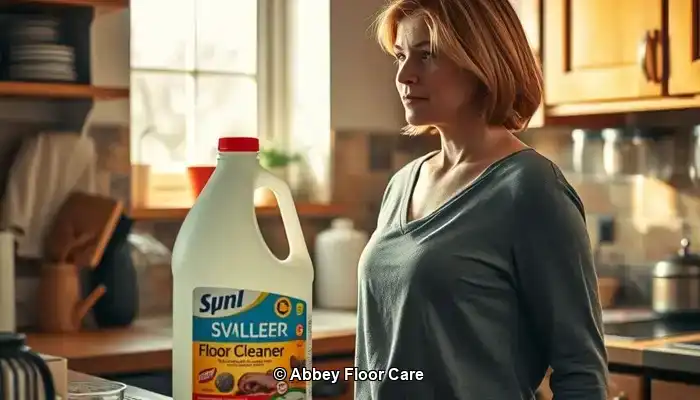
Even with proper sealing and preventive measures in place, terracotta floors demand regular upkeep to retain their inherent beauty. The key lies in using the correct techniques and products that clean effectively without compromising the tile's porous surface.
Creating a Daily and Weekly Care Routine
In homes across Surrey, where outdoor elements frequently indoors, daily sweeping or vacuuming is essential. Using a soft-bristle broom or a vacuum equipped with a hard floor setting can effectively remove dust, grit, and organic debris before it settles into the porous tile structure.
For weekly maintenance, mop the floors with warm water and a pH-neutral cleaner specifically designed for natural stone. Avoid excessive soaking of the floor; damp mopping is the preferred approach. Too much moisture can seep into the tile and lead to staining or mold growth, particularly in older or poorly sealed installations.
Selecting Suitable Cleaning Products for Terracotta
When choosing cleaning products, opt for those that are both gentle and effective. Look for labels that indicate “stone-safe,” “non-acidic,” or “pH-neutral.” In Surrey, where eco-friendly living is increasingly valued, many homeowners prefer biodegradable cleaners that are safe for children and pets.
Avoid multi-surface cleaners containing bleach, ammonia, or citrus extracts, as these harmful chemicals can strip away sealants and etch the terracotta, making it more vulnerable to staining in the future.
For stubborn stains, use a soft cloth along with a diluted solution of stone cleaner. Never scrub with abrasive pads or wire brushes, as these can scratch the surface and complicate future cleaning efforts.
The Dangers of Harsh Chemicals and Steam Cleaning for Terracotta
While steam mops may seem convenient, they are not suitable for terracotta. The high heat and moisture can seep into the tile and weaken the sealant, resulting in long-term damage. Similarly, acidic cleaners like vinegar or lemon juice—even when diluted—can erode the tile’s surface and cause permanent discoloration.
Stick to gentle cleaning techniques, and always test new products on a small, inconspicuous area before applying them across the entire floor.
Deciding Between Professional Help and DIY Maintenance for Terracotta
When it comes to caring for terracotta floors, many homeowners in Surrey start with DIY strategies. While routine sweeping and mopping can be effective, there comes a point when professional assistance becomes not only beneficial but necessary.
When to Seek Help from a Tile Specialist in Surrey
If your terracotta tiles exhibit signs of deep staining, uneven discoloration, or surface wear, it may be time to consult a professional. Tile care specialists in Surrey utilize advanced equipment and stone-safe products that penetrate deeper than typical household cleaners. They can also evaluate whether your sealant has deteriorated and recommend an appropriate resealing schedule tailored to your home's unique conditions.
Restoration services typically include deep cleaning, stain removal, and the reapplication of breathable sealants that protect without altering the tile's natural appearance. For older homes or properties with historical significance, specialists can replicate the original finish, preserving authenticity.
Weighing Cost vs. Longevity: Is Professional Care Worth the Investment?
While DIY cleaning methods may seem more cost-effective at first, they often lead to short-lived results. Without proper sealing and deep cleaning, dirt continues to accumulate, necessitating more frequent maintenance and risking permanent damage.
In contrast, professional services can significantly extend the lifespan of your terracotta floors. A single restoration session can revive color, eliminate embedded grime, and protect the surface for months or even years. In high-traffic areas, such as kitchens and hallways, this investment pays off in reduced maintenance and enhanced visual appeal.
Homeowners in Surrey who appreciate long-term care and aesthetic appeal often find that expert services provide peace of mind and superior results. Additionally, many local providers offer eco-friendly options and customized maintenance plans tailored to your lifestyle.
Exploring Eco-Friendly and Safe Cleaning Alternatives
The natural beauty of terracotta deserves care that aligns with environmentally sustainable practices. For homeowners in Surrey wishing to maintain clean floors without compromising health or sustainability, eco-friendly cleaning solutions are the best choice. Fortunately, modern products and techniques allow for the protection of your tiles—and your household—without resorting to harsh chemicals.
Choosing Non-Toxic Sealants and Cleaners
Traditional sealants often contain solvents that emit volatile organic compounds (VOCs), which can linger in the air and negatively impact indoor air quality. Today’s eco-friendly alternatives use water-based formulations that are low in VOCs and safe for children and pets.
When selecting a cleaner, look for labels that indicate “biodegradable,” “plant-based,” or “stone-safe.” These products are specifically designed to lift dirt without damaging the porous surface of terracotta. Brands specializing in natural stone care frequently offer concentrated solutions that can be diluted for everyday use, minimizing waste and packaging.
Child- and Pet-Safe Cleaning Solutions
In busy households throughout Surrey, safety is just as important as cleanliness. It is crucial to avoid bleach, ammonia, and acidic cleaners like vinegar, which can harm the tile and pose risks to pets and small children. Instead, opt for gentle formulations made from coconut oil, citrus enzymes, or mineral-based ingredients.
For those who prefer a DIY cleaning method, a simple mixture of warm water and a few drops of castile soap can be surprisingly effective for light cleaning tasks. Just remember to test any homemade solution on a small area first to ensure it does not affect the sealant or finish.
Implementing Sustainable Cleaning Practices
Eco-friendly care includes not only the products used but also the cleaning habits adopted. Utilize reusable microfiber cloths and mops instead of disposable pads. Regular sweeping reduces the need for frequent wet cleaning. Additionally, when resealing, select products with recyclable packaging and minimal environmental impact.
Numerous floor care professionals in Surrey now offer green cleaning packages, utilizing certified non-toxic products and sustainable practices. If you are unsure where to start, scheduling a consultation with a local expert can help you develop a routine that is both efficient and environmentally responsible.
Ensuring the Longevity of Your Terracotta Floors
Terracotta flooring adds warmth, character, and timeless charm to homes in Surrey, but its porous nature necessitates thoughtful care to stay clean and vibrant. By understanding the factors that contribute to rapid dirt accumulation, sealing effectively, and adopting intelligent cleaning habits, you can significantly reduce grime buildup and extend the lifespan of your tiles.
Whether managing a busy household or restoring a historical property, consistency is key. Daily sweeping, using pH-neutral cleaners, and resealing regularly are essential for maintaining an appealing surface. When stains or wear become noticeable, do not hesitate to reach out to a local specialist for professional restoration.
Utilizing eco-friendly products and safe cleaning routines ensures that your floors remain beautiful without jeopardizing health or the environment. With the right approach, terracotta can continue to be a stunning feature in your home for many years to come.
Ready to protect your floors the smart way? <a href=”https://www.abbeyfloorcare.co.uk/home-garden/porcelain-tile-repair-near-me-east-calder/”>Contact us today</a> for expert terracotta maintenance tailored to the unique conditions of Surrey. Let’s work together to keep your home looking its best—naturally.
Common Questions About Maintaining Terracotta Floors
While terracotta floors are timeless, they come with specific care requirements. Below are answers to some of the most frequently asked questions from Surrey homeowners eager to keep their tiles clean, protected, and visually appealing.
How Frequently Should I Reseal My Terracotta Tiles?
In most homes throughout Surrey, terracotta should be resealed every 12 to 18 months. However, this frequency may vary based on foot traffic, moisture exposure, and whether the tiles are installed indoors or outdoors. Areas such as kitchens, hallways, and conservatories may require more frequent resealing. If your tiles begin absorbing water or appear dull, it is time to reseal.
Is It Safe to Use Vinegar or Bleach on Terracotta Tiles?
No—vinegar, bleach, and other acidic or harsh cleaners can damage terracotta. These substances degrade sealants and etch the tile surface, leading to permanent discoloration. Always select pH-neutral, stone-safe cleaners specifically designed for porous flooring.
What Is the Most Suitable Mop for Cleaning Terracotta Floors?
A microfiber mop is ideal, as it effectively captures dust and dirt without scratching the surface and uses minimal water—crucial for porous tiles like terracotta. Avoid sponge mops or steam mops, which can saturate the tile and weaken the sealant over time.
Are DIY Cleaning Solutions Safe to Use?
Yes, but with caution. A mild mixture of warm water and castile soap can be effective for light cleaning. Always test any homemade solution on a small, hidden area first. Avoid anything acidic or abrasive, and never use DIY cleaners on unsealed tiles.
What Should I Do If My Tiles Are Already Stained?
If stains have set in, professional restoration is your best option. Tile care specialists based in Surrey can perform deep cleaning, remove embedded grime, and reseal the surface to restore the tile’s original color and texture. DIY attempts may worsen the damage if inappropriate products are applied.
The Article Tired of Dirty Terracotta? How to Keep It Clean Longer first found on https://www.abbeyfloorcare.co.uk
The Article Keep Terracotta Clean Longer: Effective Maintenance Tips appeared first on https://fabritec.org
The Article Terracotta Maintenance Tips for Longer Lasting Cleanliness Was Found On https://limitsofstrategy.com

